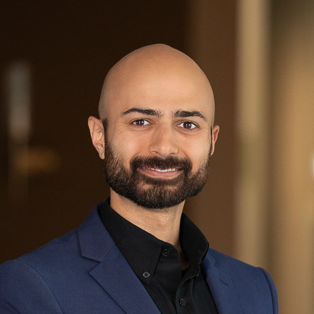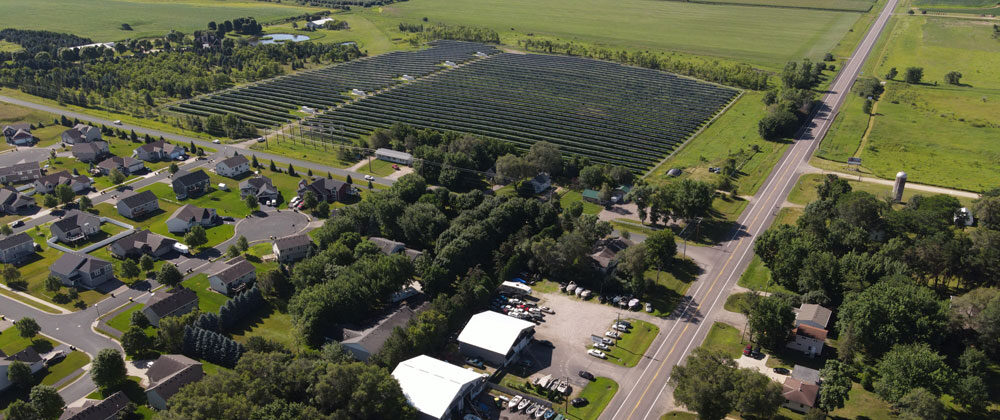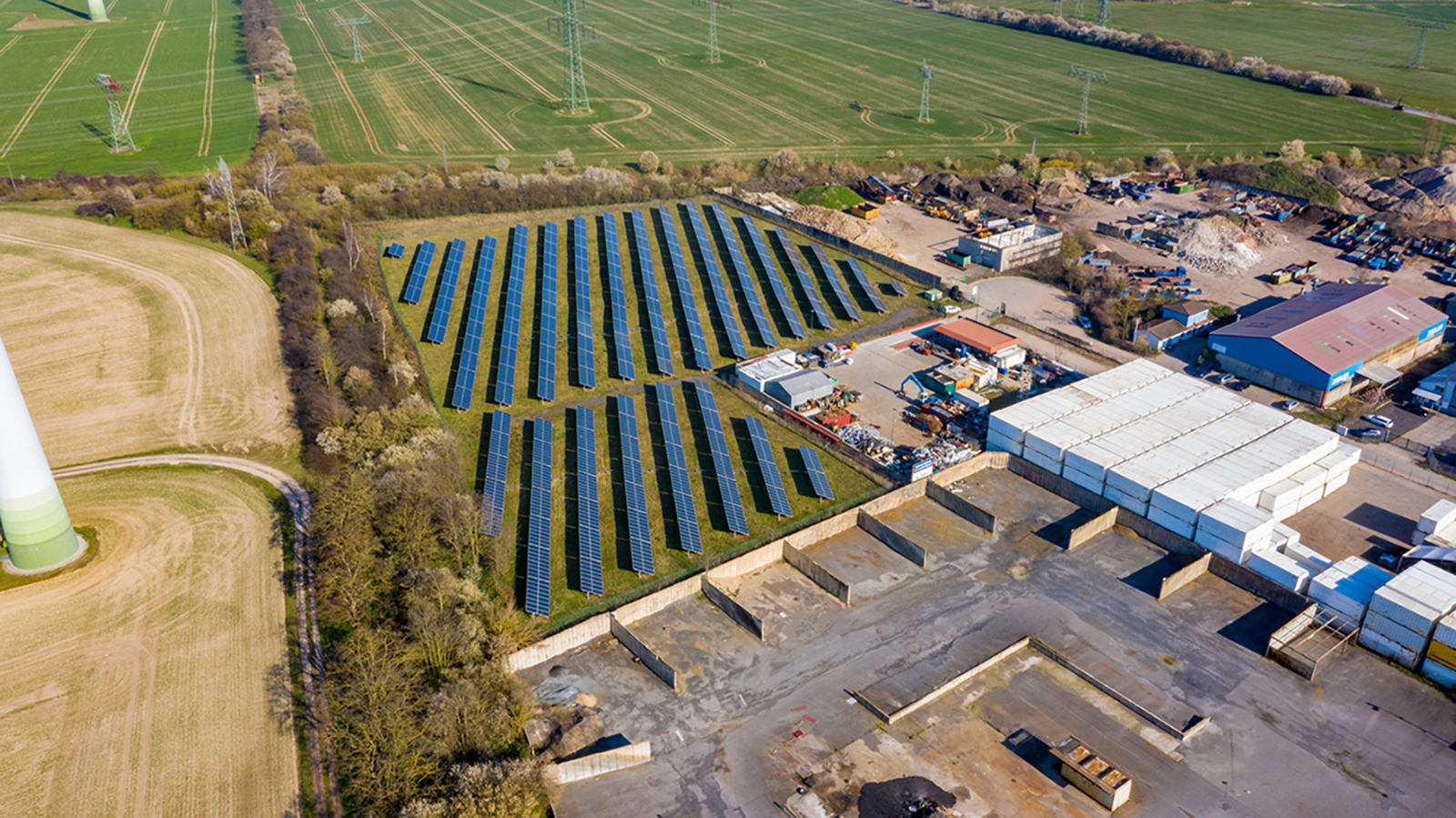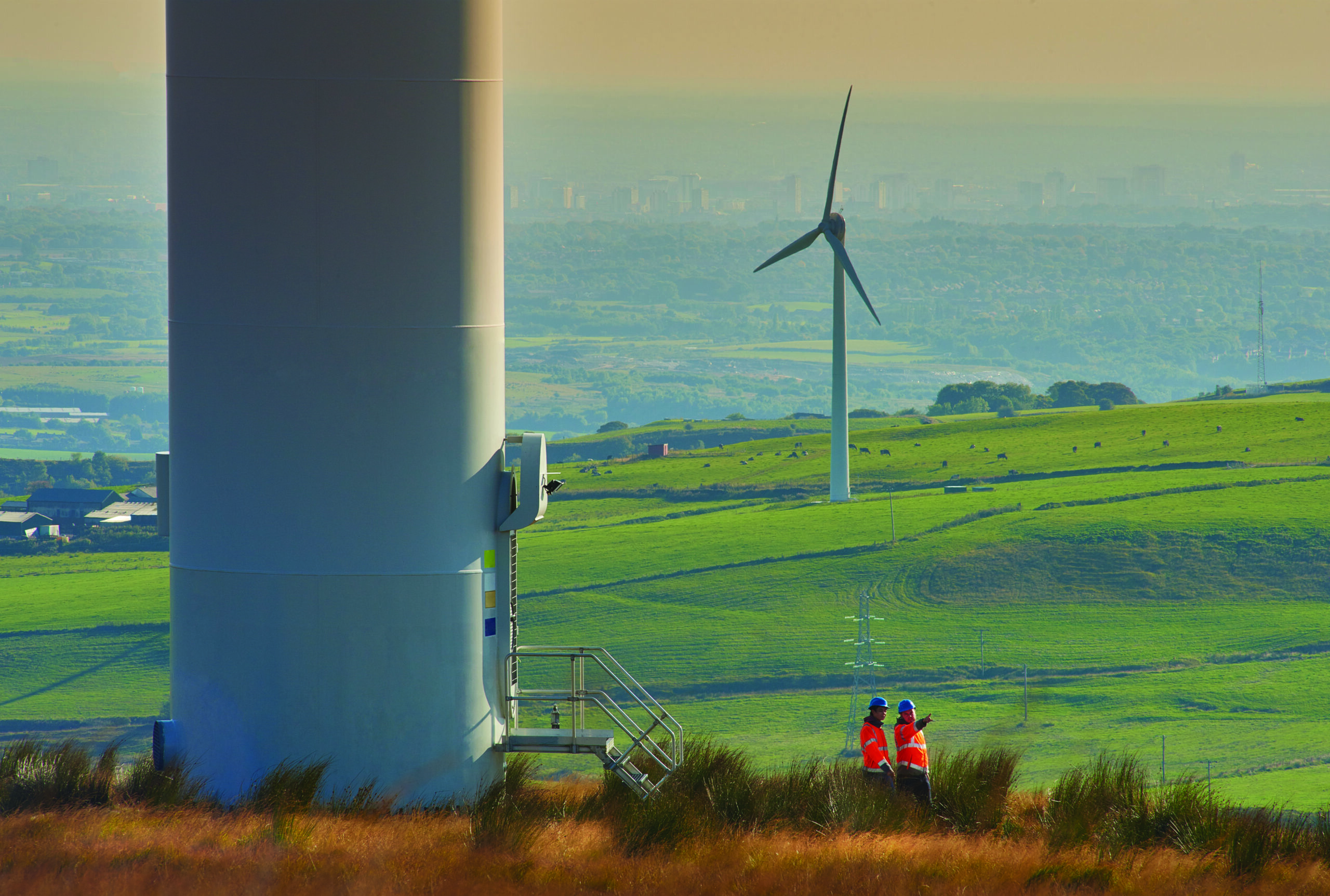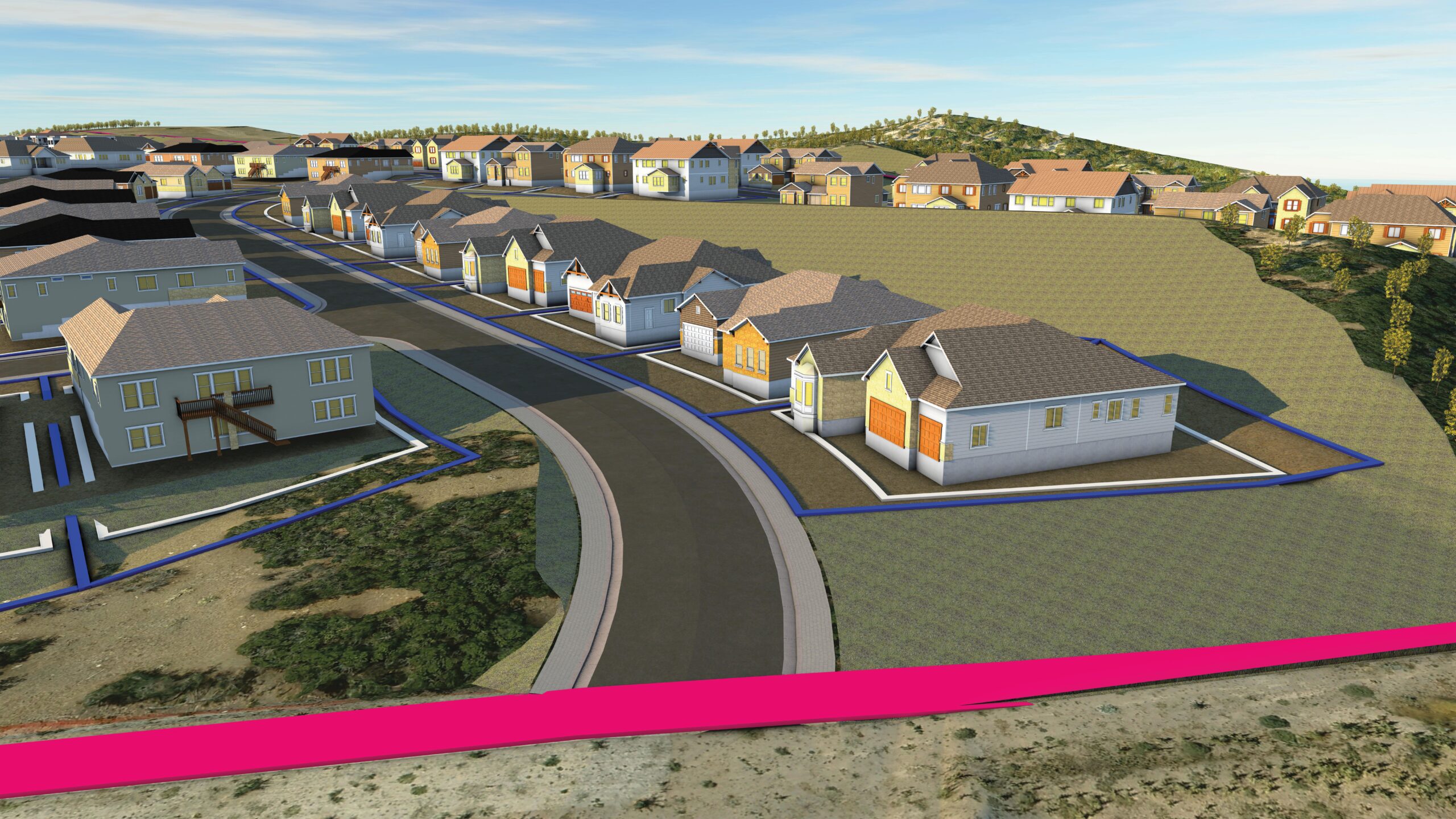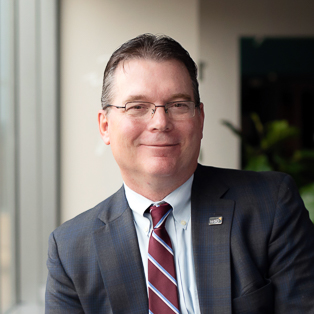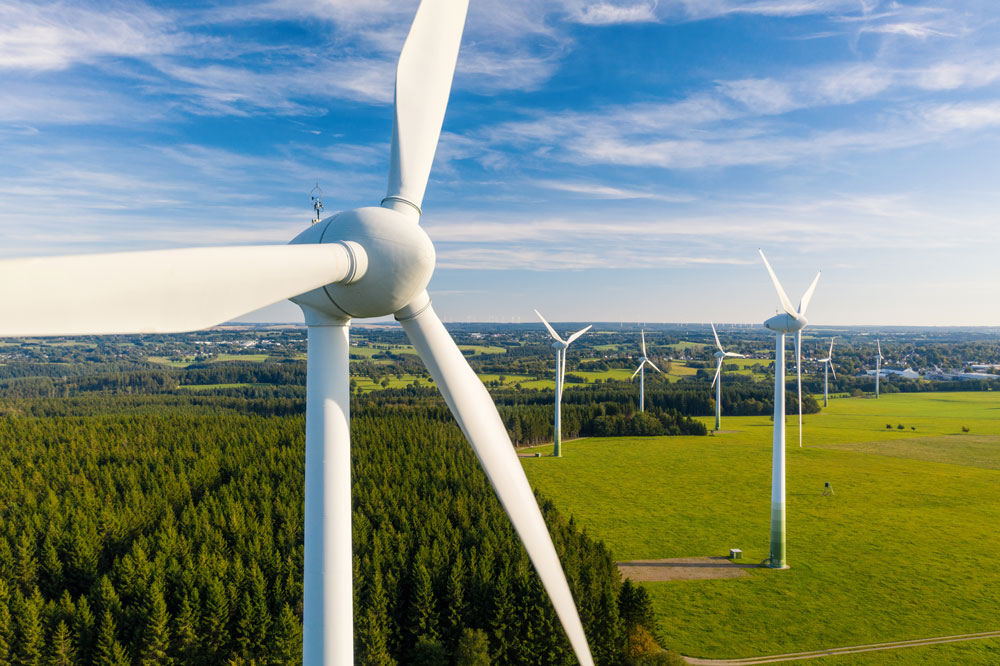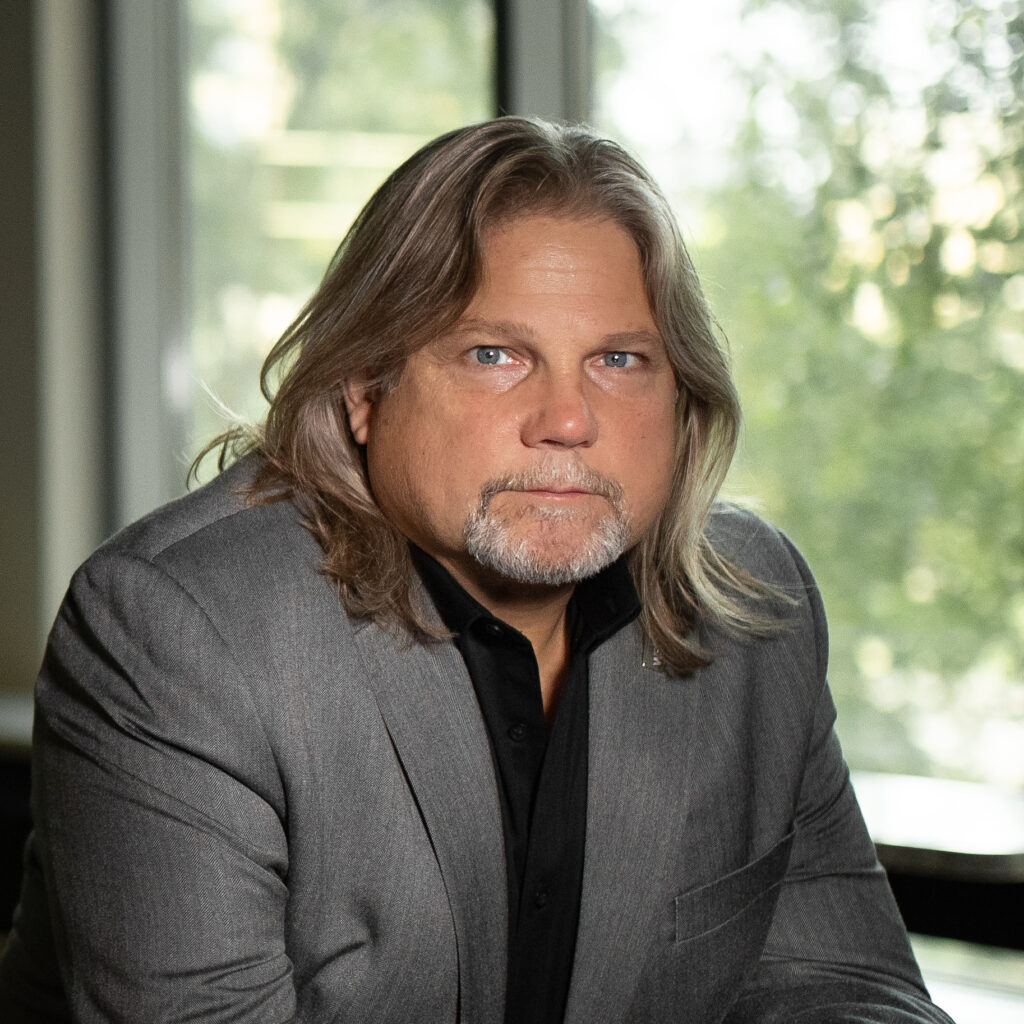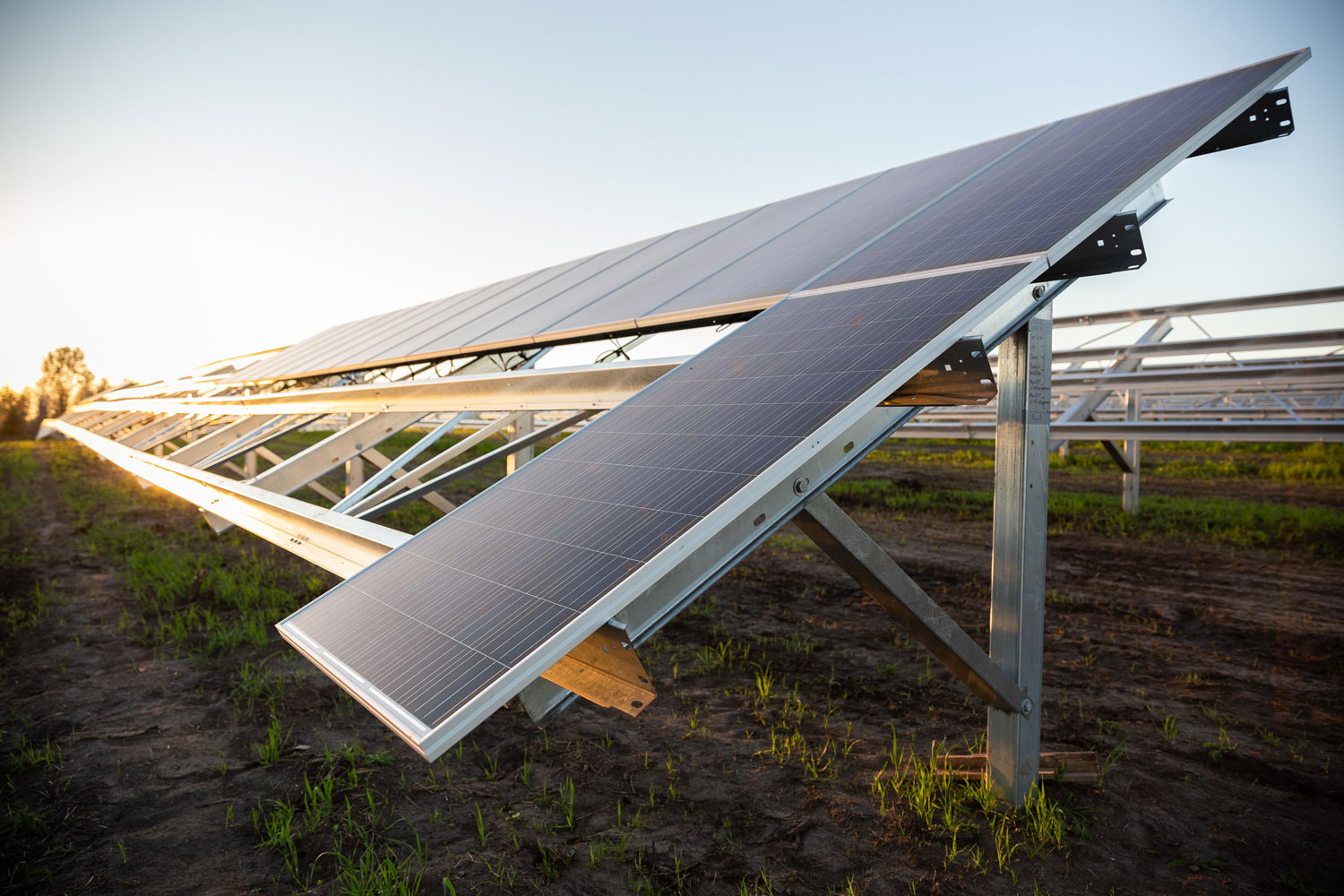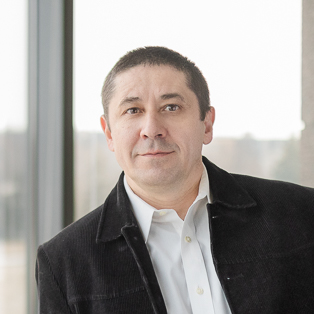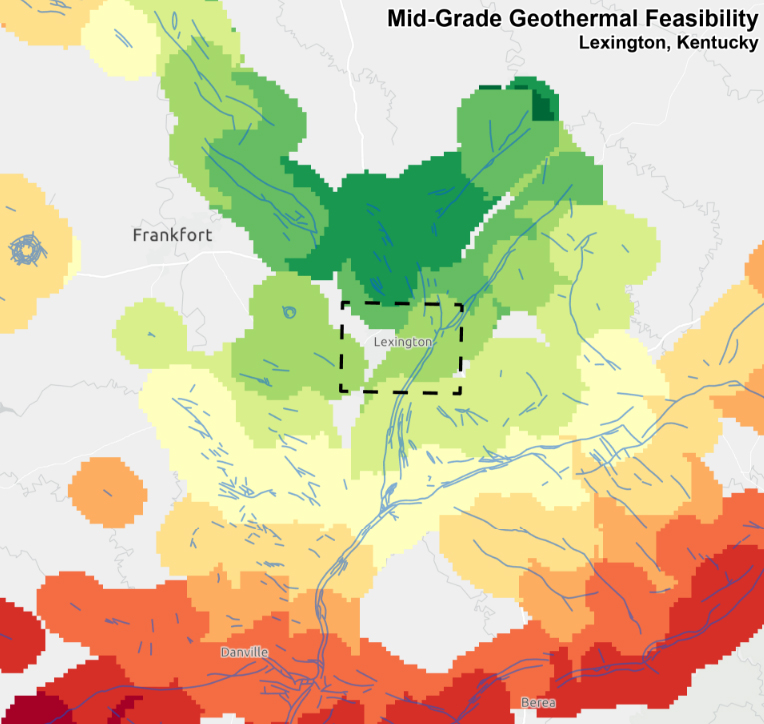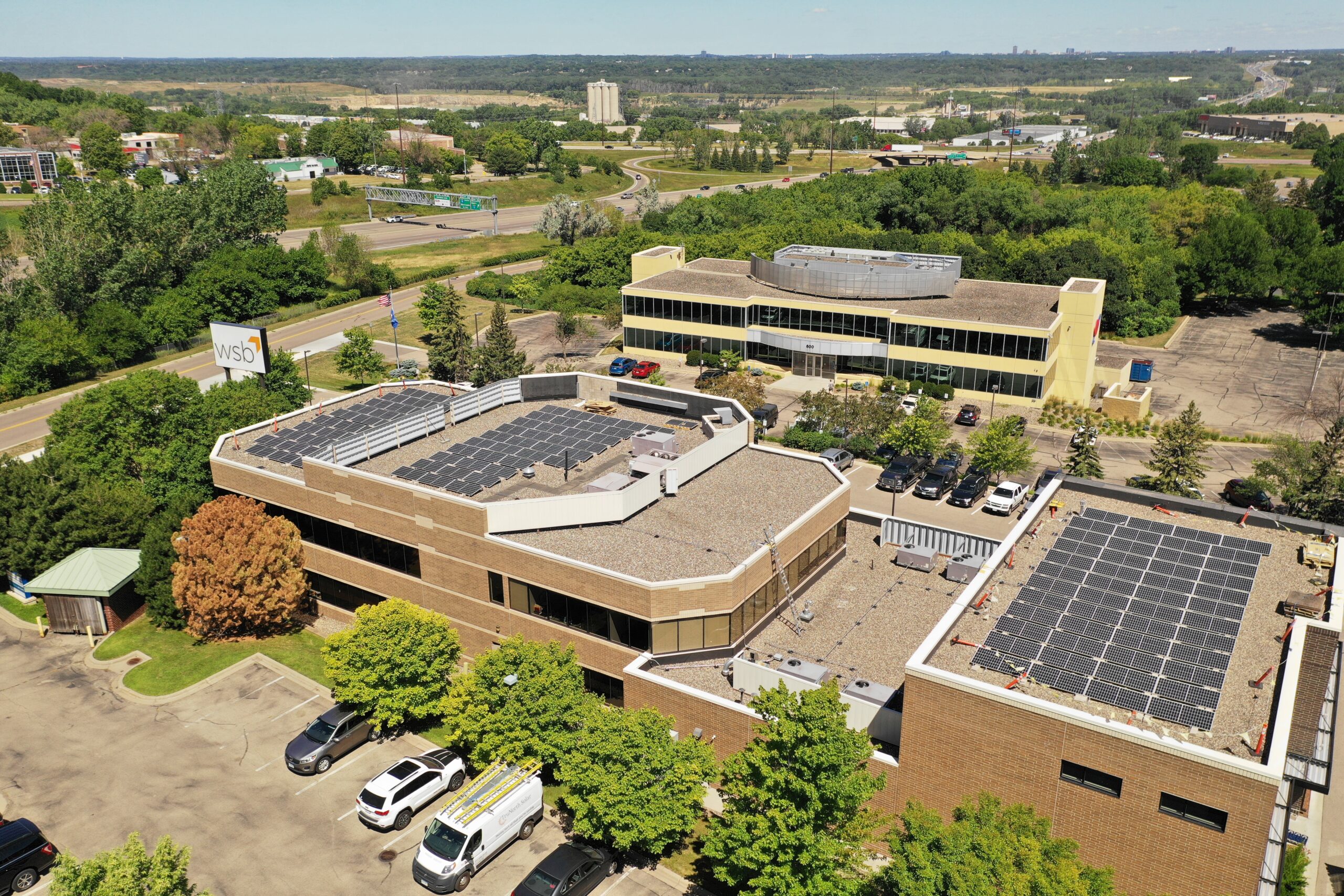
The MN Solar on Public Buildings Program for a Sustainable Future
November 11, 2024
By Ameer Kian, Sr Project Manager, WSB
The Minnesota Legislature established the Solar on Public Buildings (SPB) Grant Program in 2023, allocating $4.3 million in grants to local governments within Xcel Energy’s service territory. Administered by the Department of Commerce, this program aims to promote solar energy systems on public buildings, supplementing Federal Tax Credits.
Eligibility and Application Process
Eligible applicants include counties, cities, towns, and federally recognized Indian Tribes in Minnesota, excluding school districts within Xcel Energy’s service territory. The grants cover up to 70% of project costs for solar arrays on public buildings, with a capacity of up to 40kW or 120% of the building’s annual energy consumption. The application deadline is Monday, December 2, 2024.
For more information on this program, you can visit the MN Department of Commerce website here: Solar on Public Buildings / Minnesota Department of Commerce – Energy.
Strategic Benefits of the SPB Program
The Solar on Public Buildings Grant Program enables cities to reduce energy costs, lower carbon footprints, and demonstrate commitment to renewable energy. Economic efficiency is achieved through financial incentives and long-term energy savings. Solar energy’s environmental impact includes reducing greenhouse gas emissions and fossil fuel reliance. Adopting solar positions local governments as sustainability leaders, enhancing community pride and fostering innovation.
How WSB Can Help
WSB has successfully applied for and received funding for our clients from the first round of this program earlier this year. We can assist in the following areas:
- Streamlining the RFP process and completing the Readiness Application, ensuring compliance with the grant application requirements
- Prioritizing locations for grant consideration based on energy usage data and solar feasibility
- Identifying system and City eligibility for additional funding via Federal Clean Energy Tax Credit Elective Pay system
- Navigating through complexities with Community Solar Garden subscriptions and eligibility requirements
- Estimating PV system size, annual production and assessing utility grid capacity based on publicly available tools
- Providing guidance on solar best practices and setting up a successful RFP process for contractor selection
In addition to the Solar for Public Buildings RFP, WSB has experience in and can support local municipalities and governments in their energy and sustainability goals by:
- Writing zoning ordinance updates to align city code with EV and Solar infrastructure
- Drafting and implementing Climate Plans to secure funding for solar and renewable energy and helping design EV Charging infrastructure
- Writing grants to obtain energy efficiency funds and conduct equitable community outreach to drive future climate focused investments
For more information on WSB’s experience and services in Sustainability, please visit our website: Sustainability – WSB Seeking more sustainable solutions.
Conclusion
The SPB Program empowers local governments to lead in sustainability. With WSB’s expertise, cities can navigate the grant process, maximize funding, and implement impactful solar projects. This program not only reduces energy costs and environmental impact but also positions cities as leaders in innovation and sustainability. Embracing this program is a significant step towards a cleaner, greener future. Contact us today to get help starting the application process.
Ameer leads and executes complex renewable energy projects, with a demonstrated expertise in managing teams, optimizing project lifecycles, and delivering innovative solutions. His project management experience includes planning, scheduling, budgeting, risk assessment and stakeholder management. He is passionate about renewable energy technologies, such as solar, battery storage and EV charging.
[email protected] | 763.388.3493
